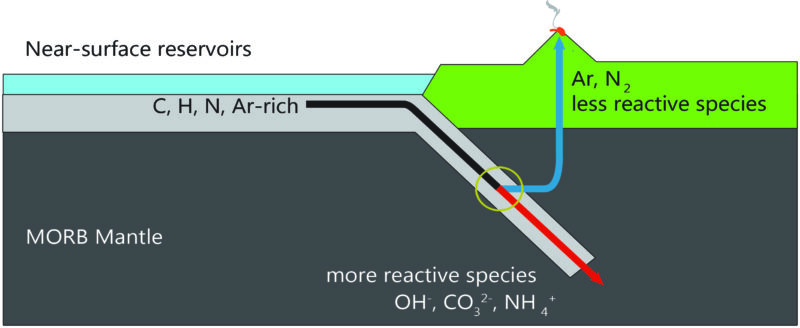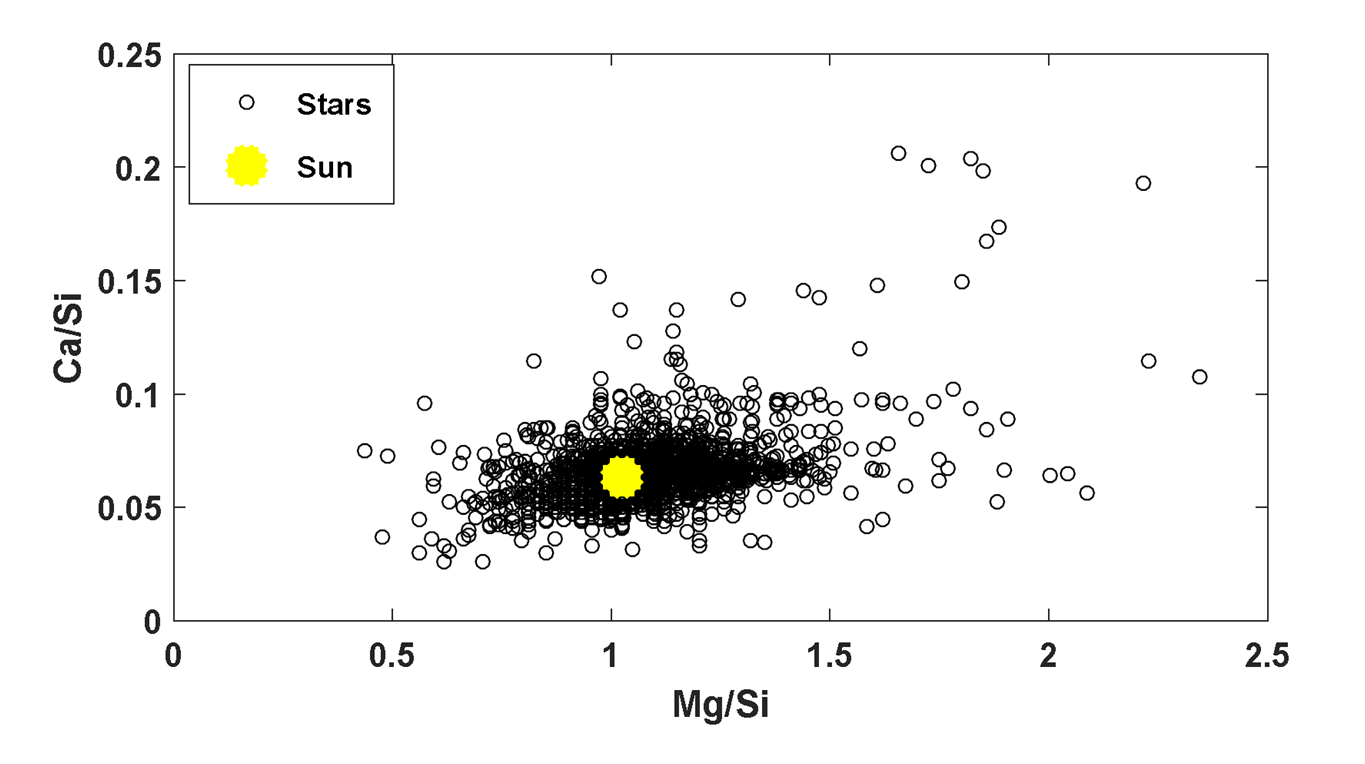HiTaP Laboratory investigates the chemical reactions associated with the formation and evolution of Earth and other rocky bodies. To do this, we conduct experiments that mimic the chemical and physical environments within planetary interiors. Experiments are analyzed using a variety of microbeam, micro-sampling, and spectroscopic techniques. Our research areas are broad, spanning from the crust to the core and from the modern day to the birth of the solar system. We strive to create a laboratory environment that promotes curiosity and the excitement of discovery. Research within HiTaP Laboratory is constantly evolving, but three current research topics are described below:
Planetary Accretion:

Planetary accretion ultimately sets the initial conditions for all subsequent geological evolution. Thermal budgets of planets are set, volatiles are acquired and distributed, and the chemistry of the mantle and core are determined during accretion. Major processes that operate during planetary accretion and are actively studied within HiTaP Lab include core formation, magma ocean crystallization, primary atmosphere outgassing, and primary crust production.
Recent work has identified that the I-Pu-Xe isotopic system is sensitive to high pressure core formation, and this behavior may be crucial in generating Xe isotopic anomalies observed in plume-related lavas. Work is also underway to define the distribution of highly volatile elements during periods of core formation and magma ocean crystallization.
Recent articles/abstracts:
Image Caption: An illustration of a giant impact. A magma ocean, with an associated pulse of core formation, is expected to occur in the wake of giant impacts. From Dana Berry/SwRI
Deep cycling of volatile elements:
 Tectonic cycling modulates the chemistry of Earth’s surface and interior over the billion year time scale. This cycling is accomplished as surficial materials are injected into the mantle during subduction and mantle is upwelled at spreading centers in response to the subduction flux.
Tectonic cycling modulates the chemistry of Earth’s surface and interior over the billion year time scale. This cycling is accomplished as surficial materials are injected into the mantle during subduction and mantle is upwelled at spreading centers in response to the subduction flux.
Earth’s long-term habitability is intimately linked to tectonic cycling of materials. Volatile elements, including carbon, hydrogen, and nitrogen, are constantly redistributed as the mantle melts and slabs are subducted. Subduction zones generate climate-buffering continental crust. HiTaP Lab is actively investigating the role of mantle melting in degassing Earth’s interior and slab dehydration/melting in regassing Earth’s interior. Recent work has focused on developing noble gases as tracers of deep volatile cycling. Current work is also focused on quantifying the mobility of nitrogen in slab environments.
Recent articles/abstracts:
Image Caption: A schematic of volatile fluxes between Earth’s surface and interior with proposed pathways for specific nitrogen and potassium species. Modified from Parai & Mukhopadhyay (EPSL, 2012)
Exoplanet Petrology:

Four terrestrial planets formed in our solar system from a common protoplanetry disk and star. Despite their common heritage, these planets are diverse, with only Earth emerging as a world that is known to support life. This fundamental observation begs geologists to consider what the properties and processes are that determine how a planet evolves and whether that planet is capable of sustaining life. Increasingly it is becoming clear through the study of exoplanets that our solar system is only a small sampling of planetary diversity. Terrestrial planets many times larger than Earth have been observed, and planetary chemistry, as constrained by stellar spectra, is sufficiently variable that exo-mantles with mineralogy different from Earth are expected. We seek to understand how changes in the initial conditions of planets, as constrained by astronomical observations, affect petrologic evolution.
Image Caption: A compilation of stellar chemistry from 1000 stars. Chemical variations are sufficiently large that variations in mantle mineralogy are expected.




